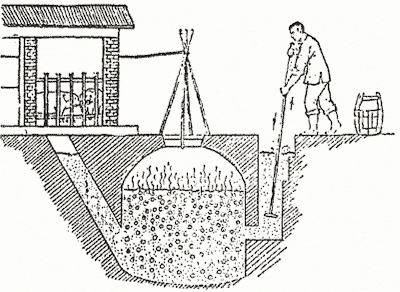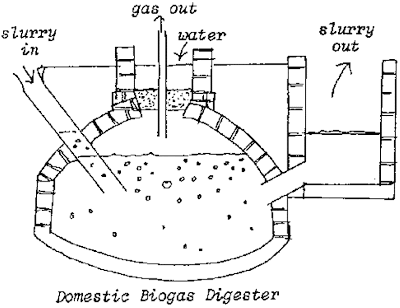Resources for biogas digester / methane generator:
- http://takamotobiogas.com/biogas/payg-biogas/
- http://textbook.s-anand.net/ncert/class-xii/biology/10-microbes-in-human-welfare
- http://biogas-technology.blogspot.com/2012/12/biogas-plant-photos.html
- http://bio-gas-plant.blogspot.com/2011/09/biogas-plant-construction-fixed-dome.html
- http://paksc.org/pk/biogas-plant-design/1144-design-construction-and-installation-of-biogas-plant
- http://biogas-technology.blogspot.com/2012/12/biogas-plant-wallpapers.html
- http://biogas-technology.blogspot.com/2013/06/homemade-diy-biogas-plant-digester-step.html
- http://biogas-technology.blogspot.com/2013/10/homemade-medium-size-biogas-plant-for.html
- http://www.homepower.com/articles/home-efficiency/equipment-products/home-cookin-homemade-biogas/page/0/1
- http://hestiahomebiogas.com/gallery-2/
- http://www.ecotippingpoints.org/our-stories/indepth/china-biogas.html
- http://takamotobiogas.com/biogas/how-biogas-works/
- http://paksc.org/pk/biogas-plant-design/item/1014-vacvina-biogas-model-construction-video.html
- http://www.ceres.org.au/greentech/Projects/Energy/howitworks.html
- http://www.habmigern2003.info/biogas/methane-digester.html
Need Biogas Now?






